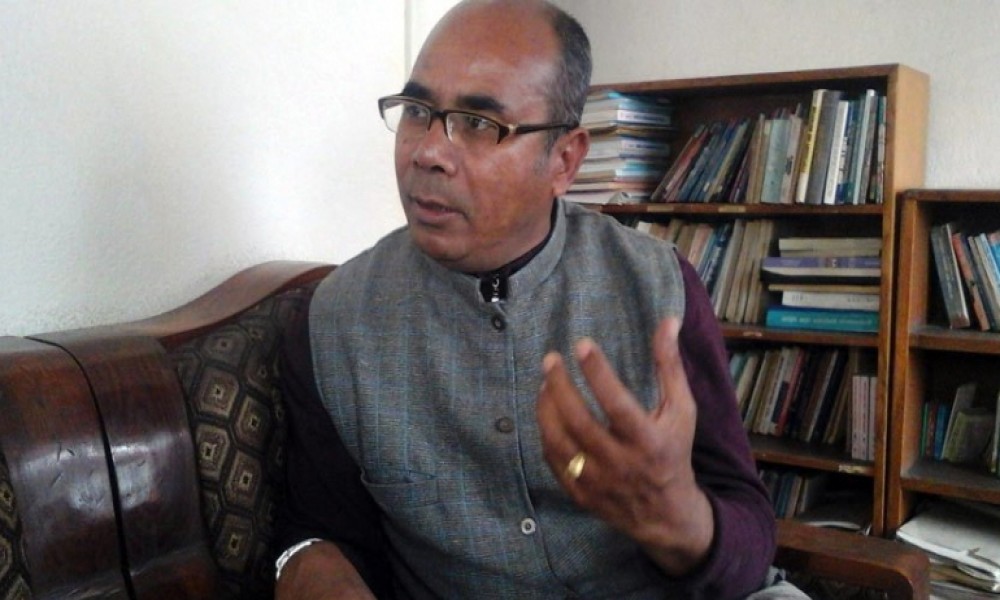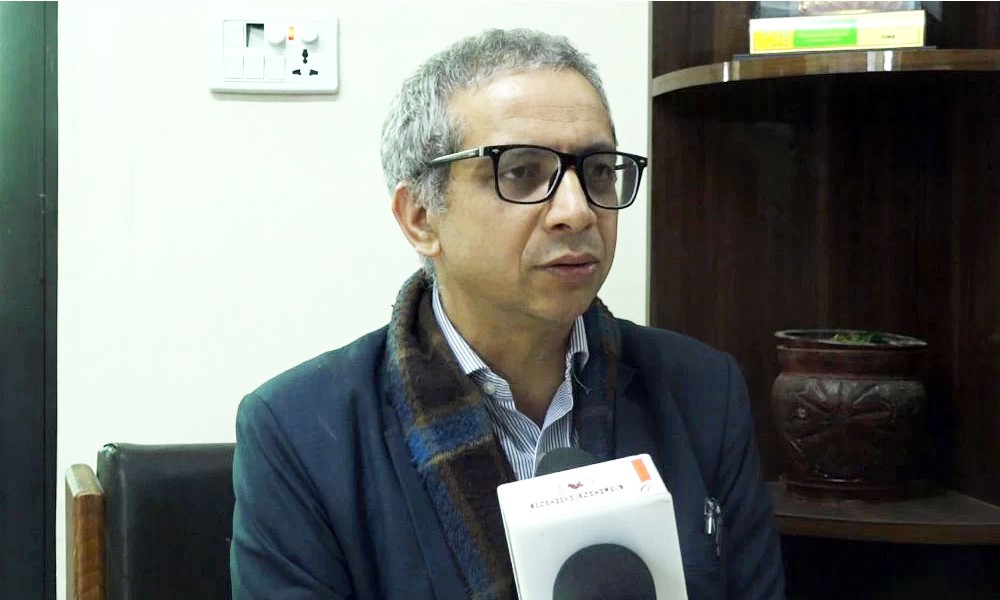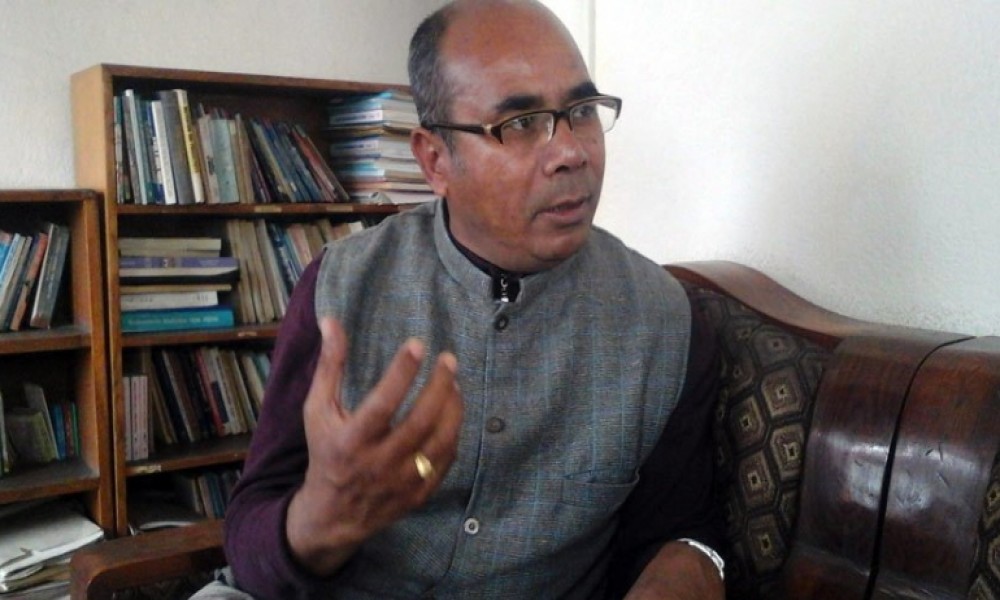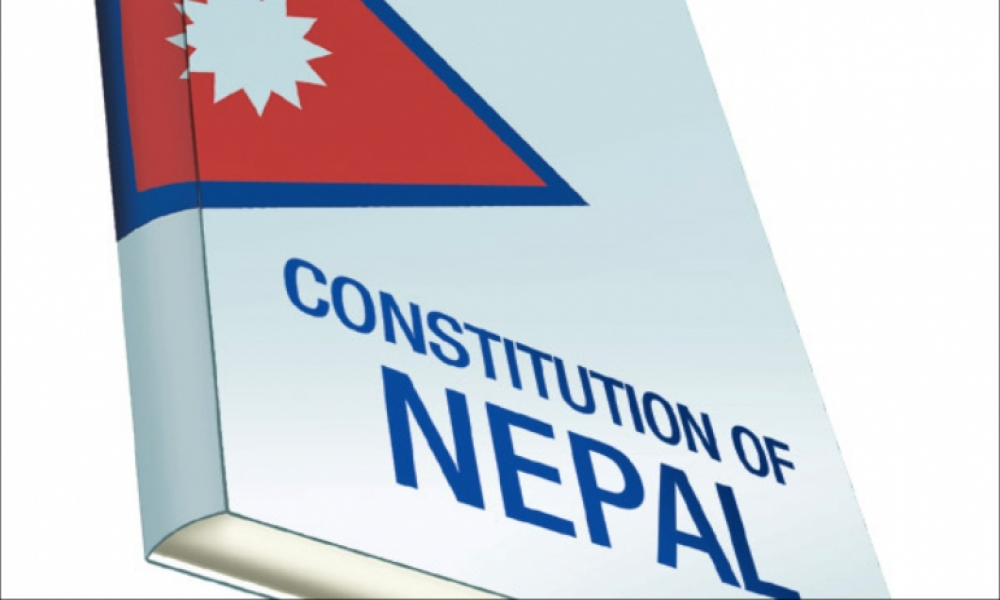Prof Dr Krishna Hachhethu is one of contemporary Nepals very few intellectuals who are outspoken about federalism.
How do you see the idea of merging the five Tarai districts with the Hill provinces?
In Jhapa, which is one of the five disputed Tarai districts, the hill migrants constitute 75 per cent of the district's population. A majority of Hill migrants who settled down in Jhapa belong to Khas-Aarya community. Similar is the situation in Morang and Sunari districts. If these districts are to be merged with the Hill province, as proposed by the NC and the UML, indigenous communities like Rai and LImbu will be in minority.
How do you see the seven-province proposal of the NC and the UML?
The NC-UML's seven-province proposal will help dominant communities to strengthen their hold on power. It will not serve any interests of the oppressed Aadivasi/Janajati communities. Like the Koshi province, the Bagmati province has been stretched to Chitwan in the NC-UML proposal. The motive is clear. If Chitwan is merged with Bagamati province, Newar and Tamang will be in minority. They will together make up for only 36 per cent of the population of the Bagamati province. And Khas-Aarya people will be in majority. They will constitute 37 per cent of the total population of the Bagamati province. The NC-UML proposal has designed the Gandaki province. Gurung and Magar people will be in minority in the Gandaki province proposed by the NC-UML.
In 68 out of 75 districts, Bahuns or Chhetris were elected as District Development Committee (DDC) presidents. It was a result of systematic exclusion of Indigenous Peoples, Dalit, Madhesi and women.
NC leader Narhari Acharya says ethnic communities that share cultural and geographical proximity should be put in one province. If so, why would the NC-UML put Tamang and Newar in one Gandaki province? These two ethnic communities are poles apart from each other. Why would the NC-UML crate two separate provinces of Karnali and Mahakali for the Khas people? So, the NC-UML proposal makes no sense. It is an illogical concept.
Look at the results of the previous local body elections held in 1997. In 68 out of 75 districts, Bahuns or Chhetris were elected as District Development Committee (DDC) presidents. It was a result of systematic exclusion of Indigenous Peoples, Dalit, Madhesi and women. In Kathmandu Valley, Newars have always won mayor elections. But, no Newar has ever become the Kathmadnu DDC president. Why? It is again a result of systematic exclusion of indigenous communities. The NC-UML proposal is for continuity for this systematic exclusion and marginalization of Indigenous Peoples.
So, what do you think will happen if the NC and the UML write the new constitution in line with their joint proposal?
Such a constitution will not help end conflict. It will rather fuel tensions. If the new constitution is written without addressing grievances of Indigenous Peoples, a new wave of protest will rise. As far as I think, indigenous communities will first fight against the government and then against non-indigenous communities. There will be conflict between Hilly and Madhesi communities, too. Signs of future conflicts have already started to appear. What happened in Bara last month was an indication of future conflict between Madhesi and Hilly communities.
How do you think the dispute over the five Tarai districts will be sorted out?
The dispute over the five Tarai districts is a conflict between the natives and the migrants of Madhes. In these five districts, hill migrants (Chhetris, Bahuns) outnumber Indigenous Peoples. If we were to honor our history, we should keep Sunsari, Morang and Jhapa in the east and Kailai, Kanchanpur in the far west in the Madhes province. UML's KP Oli, NC's Krishna Sitaula and Sher Bahadur Deuba want to merge these districts with the hill province for their political gains. The State Restructuring Committee (SRC) of the previous CA's has found already found solutions to this dispute. The SRC has not put both Kailai and Kanchanpur districts in the Tharuhat province. In these districts, areas north of the East-West highway are dominated by migrants and areas south of the highway are dominated by natives. So, area north of the highway can be merged with the Far West province and area south of the highway can be merged with the Tharuhat province. Same solution can be applied in Sunsari, Morang and Jhapa districts, too.
I think the 10-province federalism model discussed in the first CA is the best option. It has scientifically delineated provinces. It will be accepted by all communities. Only a constitution that is owned by all will be good for peace, prosperity and political stability.
I think the 10-province federalism model discussed in the first CA is the best option. It has scientifically delineated provinces. It will be accepted by all communities. Only a constitution that is owned by all will be good for peace, prosperity and political stability. The Constitutional Political Dialogue and Consensus Committee (CPDCC) of the CA, led by Dr Baburam Bhattarai, had sought suggestions from some experts, including me, about the basis of carving federal provinces. We had put forth some suggestions. First, historical continuity should be honored. Second, one ethnic community should not be divided between two provinces. Third, natural boundary of the Chure region should not be tampered. But, our suggestions were not taken kindly. I heard that UML leader Madhav Kumar Nepal snubbed our suggestions.
(This is the second part of the interview, credit: esamata.com)









